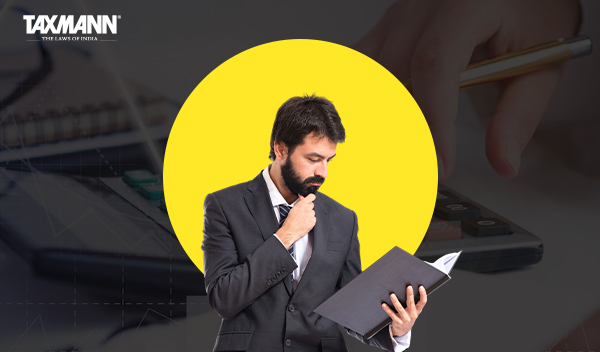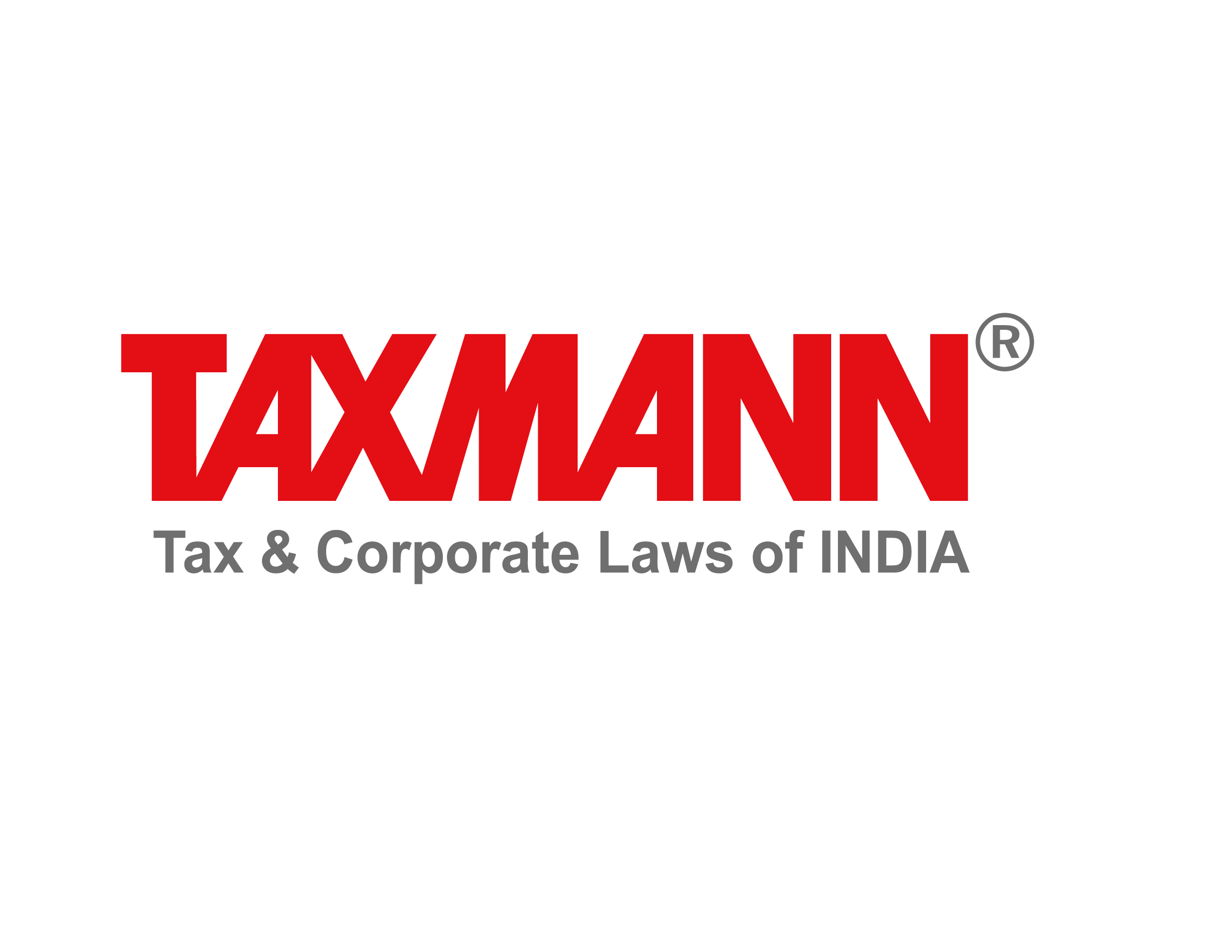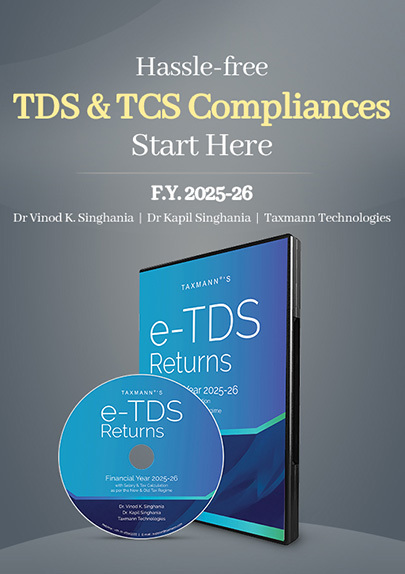[Opinion] Allegation of Bogus Purchases – Is It Genuine? Analysis of Recent Case Laws
- Blog|News|Income Tax|
- 3 Min Read
- By Taxmann
- |
- Last Updated on 18 April, 2025

Navneet Singal – [2025] 173 taxmann.com 556 (Article)
I. Introduction
When a purchase can be considered as bogus? What documentation should be required to prove the genuineness of the transactions? The disallowance of bogus purchases has become a contentious issue that whether the entire alleged bogus purchase should be considered as disallowed expenditure or only the part of the profit embedded therein, amid the flood of recent high court decisions.
In the recent judgement of PCIT v. Drisha Impex Pvt. Ltd., PCIT v. Kanak Impex (India) Ltd., Refrigerated Distributors Pvt Ltd. v. DCIT, and PCIT v. Shree Ganesh Developers, the Hon’ble Mumbai High Court has not only defined that what is a bogus purchase with numerous examples but also critically analysed number of other case laws of the Supreme Court and other high courts in the light of different facts and circumstances. It has distinguished each and every case law that why it has taken a different view than the decision in the other cases and where the circumstances and facts of those cases are distinguishable.
Since the issue of bogus purchases is a question of fact, there has not been a consistent approach of the assessing authorities as well as courts which is primarily due to the fact-specific nature of such cases. The judgments of courts tend to vary based on the particular facts and circumstances of each case. The thumb rule which emerged from these judgements is that once a purchase is considered as bogus purchase then it is not in the jurisdiction of the assessing or judicial authorities to provide concession by considering a percentage of the purchase as disallowance u/s 69C of the Income-tax Act, 1961 (‘the Act’) and the entire amount of bogus purchase is required to be disallowed.
In this article, the author has tried to analyse the above case laws and the other cases discussed in these judgements. He has tried to define that what can be considered as a bogus purchase, what documentation should be kept to prove the genuineness of a transaction and what argument should be put forth at different stages of appellate proceedings. He has also delved his thought on the circumstances in which the rule of disallowance of only the embedded part of profit is applicable instead of the entire purchase amount.
II. What is Bogus Purchase?
A bogus purchase refers to a fraudulent transaction wherein the assessee claims to have procured goods or services, but no actual delivery or receipt takes place. Such transactions typically involve the fabrication of false invoices or bills to create the appearance of a legitimate purchase. In general parlance, the bogus purchases transactions can be of two types, i.e.,
(i) To artificially reduce gross profit, an assessee may resort to fabricating invoices or other documentation to falsely represent that purchases were made, despite no actual procurement of goods or services. This results in an inflated cost of goods sold, thereby reducing the reported gross profit.
(ii) In certain instances, an assessee may substitute genuine purchases by procuring goods from the grey market, utilizing them in the course of manufacturing or sales, while simultaneously obtaining invoices at inflated rates from accommodation bill providers. In such cases, although the goods or materials are actually received, the corresponding purchase invoices are issued by entities other than the actual suppliers.
The Hon’ble Bombay High Court, in the judgement of Kanak Impex (India) Ltd. (supra), has defined the concept of accommodation entry in the case of bogus purchase by an example.
It has mentioned in para 14 of the order, that,
“14. Before we adjudicate the issue, it is relevant to understand the concept of accommodation entry by an example. Mr. A has unaccounted cash, which he uses to buy goods for selling. However, the sales are made by cheque. Since the goods are purchased with unaccounted money, they cannot be recorded in the books of account. Therefore, the modus operandi to bring such purchases into the books of account is that Mr A will contact Mr B, an accommodation entry provider. Mr B would issue a paper invoice in the name of Mr A, and Mr A would issue a cheque to Mr B to show that the purchases have been made by cheque from Mr B. After deducting certain commission, Mr B would then withdraw the money from his bank account and return the cash so withdrawn to Mr A. By this process, the purchases made by Mr. A by unaccounted cash enter the books of account as if the purchases are made from Mr. B. However, what has actually happened is that the unaccounted money of Mr. A is shown to have entered the books of account by such a modus operandi and Mr. A gets back his unaccounted cash from Mr. B.”
Click Here To Read The Full Article
Disclaimer: The content/information published on the website is only for general information of the user and shall not be construed as legal advice. While the Taxmann has exercised reasonable efforts to ensure the veracity of information/content published, Taxmann shall be under no liability in any manner whatsoever for incorrect information, if any.

Taxmann Publications has a dedicated in-house Research & Editorial Team. This team consists of a team of Chartered Accountants, Company Secretaries, and Lawyers. This team works under the guidance and supervision of editor-in-chief Mr Rakesh Bhargava.
The Research and Editorial Team is responsible for developing reliable and accurate content for the readers. The team follows the six-sigma approach to achieve the benchmark of zero error in its publications and research platforms. The team ensures that the following publication guidelines are thoroughly followed while developing the content:
- The statutory material is obtained only from the authorized and reliable sources
- All the latest developments in the judicial and legislative fields are covered
- Prepare the analytical write-ups on current, controversial, and important issues to help the readers to understand the concept and its implications
- Every content published by Taxmann is complete, accurate and lucid
- All evidence-based statements are supported with proper reference to Section, Circular No., Notification No. or citations
- The golden rules of grammar, style and consistency are thoroughly followed
- Font and size that’s easy to read and remain consistent across all imprint and digital publications are applied



 CA | CS | CMA
CA | CS | CMA
